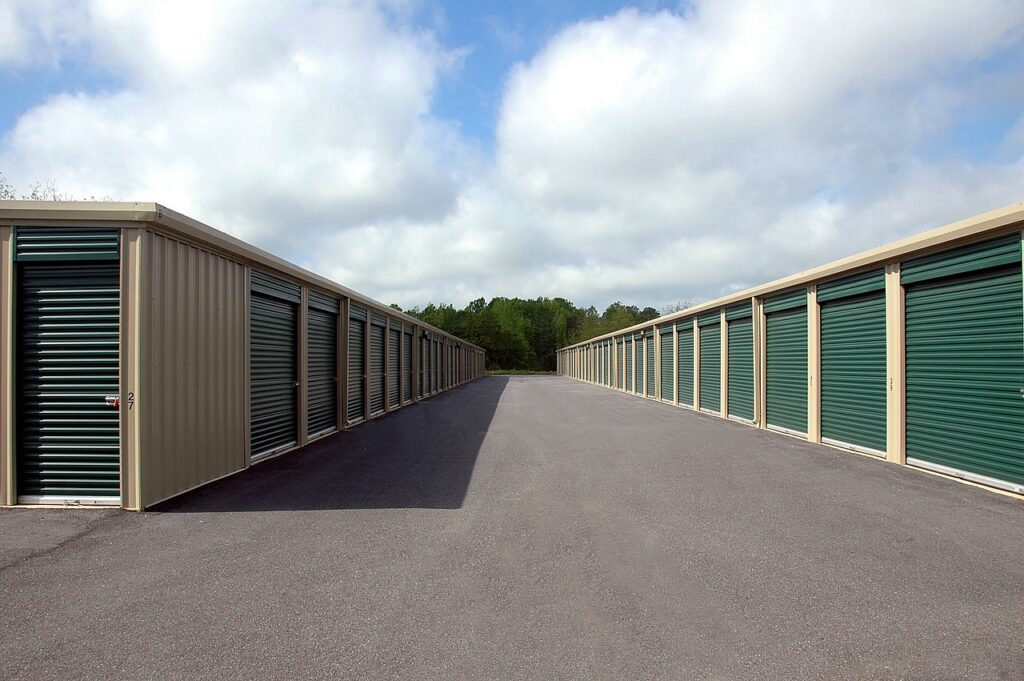As a business owner, you know the importance of having the right resources and tools at your disposal. These can range from physical assets such as office equipment, inventory, and supplies, to digital tools like software programs and databases. While acquiring these resources is essential for running a successful business, it’s equally important to have an organized system in place for storing them. Proper storage not only ensures easy access when needed but also protects your investments from damage or loss.
In this guide, we will discuss the key steps involved in storing your business resources and tools efficiently. From setting up a storage plan to implementing proper maintenance practices, we’ve got you covered. Let’s get started.
Rent a Storage Unit
Renting a storage unit is an ideal solution for businesses with limited space or those looking to keep their resources and tools in a secure location. As highlighted by the team behind StaxUP Storage, these units are available in various sizes and can accommodate both small and large items, making them a flexible option for storing all types of business resources. Additionally, storage units provide temperature and humidity control, protecting your assets from potential damage caused by environmental factors.
When choosing a storage unit, consider the location, security measures, and accessibility options. It’s also important to regularly visit the unit to check on the condition of your stored items and make any necessary changes to your storage plan.
Use Shelving and Racks
Shelving and racks are essential components for organizing your storage space efficiently. They not only provide structure but also maximize the use of vertical space, allowing you to store more items in a compact area. When choosing shelving and racks, consider their weight capacity, material, and durability to ensure they can adequately support your resources and tools. Additionally, utilize labeling systems on each shelf or rack to easily identify the contents stored within.
Regularly clean and maintain your shelves and racks to prevent the accumulation of dust or damage that could potentially harm your stored items. Rotate items as needed to ensure even weight distribution and accessibility of frequently used tools or resources.
Label and Categorize Items
Labeling and categorizing your business resources and tools is crucial for quick and efficient access when needed. It’s helpful to establish a labeling system that is easy to understand and consistent throughout all storage spaces. This could include using color-coded labels, numbering systems, or specific categories based on the type of resource.
Categorizing items also helps with inventory management, allowing you to track which resources are running low or need replacement. Additionally, it enables better organization within your storage space, avoiding clutter and confusion. Regularly review and update your labeling and categorization system to ensure it remains accurate and relevant to your business needs.
Utilize Proper Packing Materials
Proper packing materials are crucial for protecting your business resources and tools from damage during storage. This includes using sturdy boxes, bubble wrap, packing paper, and other cushioning materials depending on the type of item being stored. Avoid overpacking or underpacking items as this can lead to damage or collapse of boxes.
Additionally, consider the climate control of your storage space when choosing packaging materials. For example, if you are storing items in a humid environment, choose moisture-resistant packaging to prevent water damage. Regularly inspect and replace packing materials as needed to ensure the safety and integrity of your stored resources.
Implement a Tracking System
A tracking system is an essential tool for managing your business resources and tools, especially if they are stored in multiple locations. This could be as simple as maintaining a spreadsheet or using specialized software to track items, their location, and when they were last accessed.
Regularly update your tracking system with any changes made to your storage plan or inventory. This will help you stay organized, avoid misplacement of items, and make it easier to locate specific resources when needed. Additionally, conducting regular audits can help identify any discrepancies between your records and actual inventory, allowing you to make necessary adjustments.
Establish Maintenance Protocols
Proper maintenance of your storage space is crucial for preserving the condition of your business resources and tools. This includes regularly cleaning and inspecting shelves, racks, and storage units for any signs of damage or wear. Additionally, establish protocols for handling and storing items to prevent mishandling or accidental damage.
It’s also important to regularly rotate items stored long-term to prevent deterioration or expiration. For sensitive items like electronics or machinery, consider implementing a regular maintenance schedule to ensure they are functioning properly when needed.
Proper storage of business resources and tools is essential for maintaining the efficiency and success of your business. By following these steps – renting a storage unit, using shelving and racks, labeling and categorizing items, utilizing proper packing materials, implementing a tracking system, and establishing maintenance protocols – you can ensure that your resources are organized, protected, and easily accessible when needed. Remember to regularly review and update your storage plan to accommodate any changes in your business needs. With these tips in mind, you can take control of your storage space and optimize the use of your valuable business assets.






